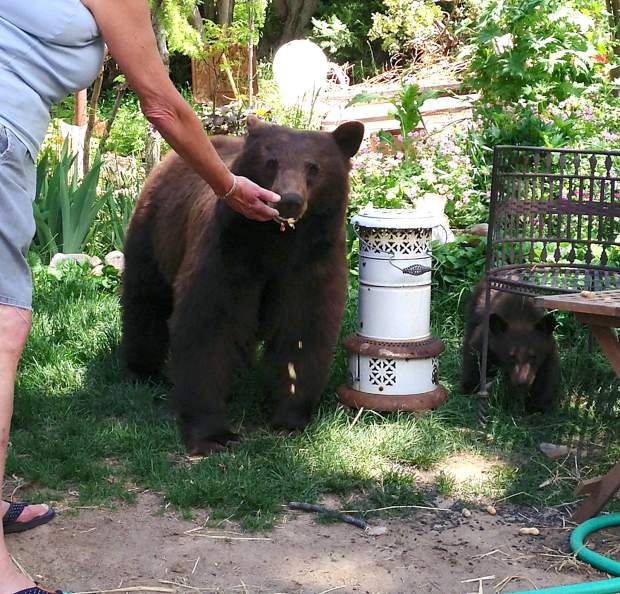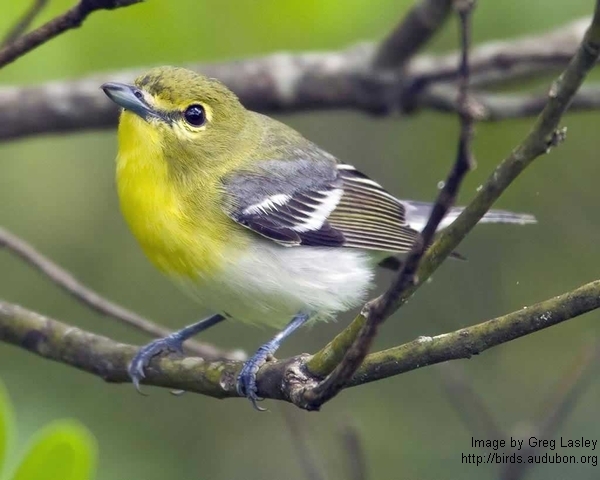
As I walked into the picnic grove at our Center, I noticed that the Balsam Firs there had shed more than just their needles (which is what I’m used to seeing from Hemlocks and pines) – they had shed little segments of their branches. Why do they do this? The segments aren’t dead (like the shed needles of pines) – is this a normal winter phenomena for them? It’s a curious one. I realize that in strong winds, limbs frequently come down, but we haven’t really had any high winds or storms lately – these bits are still green. And I can’t think of any other trees in the northeast that shed whole segments of their twigs. Admittedly, I know way less about our flora than our fauna so maybe I’ve just never observed firs closely enough.

I was rewarded for taking the time to peruse the understory of our spruce and pine grove with the following tracks:

We see deer tracks (and scat… and the deer themselves, actually) all over the Center’s property, but I was delighted to find the critter that walked to the right of the path I initially observed. Can you find both the deer and the red fox tracks in the photo above?
After I left the grove, I headed across the fields to our two small cabins and trail-head. A big, stately silver maple sits in front of these cabins and as I walked towards it, my overwhelming observation up to that point was silence. Carolyn at
Roundtop Ruminationshad an eloquently written post yesterday on how much easier it is to hear other sounds in the forest during winter, due in part to the absence of rustling leaves. Something that I’ve observed in the back of my mind but never really gave conscious thought to until reading her post. And yes, it was pretty quiet out this morning.
Shortly after reaching the maple, a Chickadee made its presence known, quite possibly alerting other birds to a possible predator (me). But no other noise – save the passing of cars – until then.The Silver Maple held a surprise – the buds were swollen to the point of appearing about to bloom. In my post yesterday on our lack of winter, I had thought to mention that our lilac and maples around the house appear to have more swollen buds than usual this time of year, but then forgot. This was pretty hard to miss, however. I am willing to admit that I don’t recall ever giving this tree close scrutiny during the winter to see what state it’s buds are usually in, but I’m fairly certain that it doesn’t look this ready to pop. My guess is that our stretch of unseasonable weather is messing with the trees in addition to the birds. But unlike birds, it’s not so easy for trees to retreat into cold-weather survival mode once they’re started putting energy into blooming. Disconcerting, to say the least.

Once again my time spent quietly observing and asking questions paid off… my best find of the morning (discovered among the dead leaves and other detritus under the maple) was this:

(The white glob on my ruler looks really gross I’m noticing now – it’s just the leftover from a white-out incident.)
Owls aren’t the only birds to leave pellets behind; hawks, eagles, corvids (jay, raven, crow family), gulls and a few other birds do as well. But owl pellets are usually pretty distinctive due to their size and contents. The stomach acid of owls is weaker than that of hawks and eagles (no, I did not know that particular fact prior to writing this, I found it in
Bird Tracks and Signs by the wonderful
Mark Elbrochwhen looking up my pellet to see if I could identify it down to species) so the bones and remains in owl pellets are more intact than they might be in another raptor’s pellet.
This post has become rather lengthy so rather than bore you with any further minutia of my joyful walk, I'll share my favorite photo from the morning:
I just love wetlands, and don’t get down to explore ours nearly often enough. I wandered around there for a bit – making note of a faint, musky odor, most likely skunk – before heading back up to the office.
Did I thank Michelle? **Thank You!!!** This walk absolutely made my week. I had a tough day yesterday, and exploring out in the natural world often puts many things to right.









I am happy to have you and found this post to be very interesting. I tried to look up the balsam fir thing but didn’t find anything that I could post…I haven’t found any puffballs since I was a kid at my grandparents’ cabin…loved them…I am new to tracks mostly and they have to be pretty obvious for me to see them. I didn’t know that corvids can cast pellets ..really…wow… I have not found any pellets but I should look around more to see if I can… Very interesting and gives me more to research which I love..Thank you for joining Nature Notes….Michelle
That’s what’s so great about reading different blogs – learning new things, or finding different ways of looking at the natural world. Thanks Michelle!
So glad you discovered Michelle’s Nature Notes! You have a lot of details here – puffballs, deer tracks, silver maple budding too early, chickadee, wetlands. Thanks for the journey.
I’m glad as well! Thanks for visiting, Leora!
I love reading about your nature walks. While I am certainly not as knowledgeable as you when it comes to nature, your posts give me ideas for ways to explore the outdoors with my boys. Thanks!
I am so glad! Sharing nature with our children is so important – and their inherent curiosity and fearlessness is so much fun to be a part of. I’m always telling parents and teachers in my programs that they don’t need to know anything about nature, they just need to take their kids outdoors – they’ll do the rest.
Great walk. Thanks for taking us along. I agree that a few minutes outdoors enjoying nature can restore the human spirit!
Absolutely! And thanks for visiting!